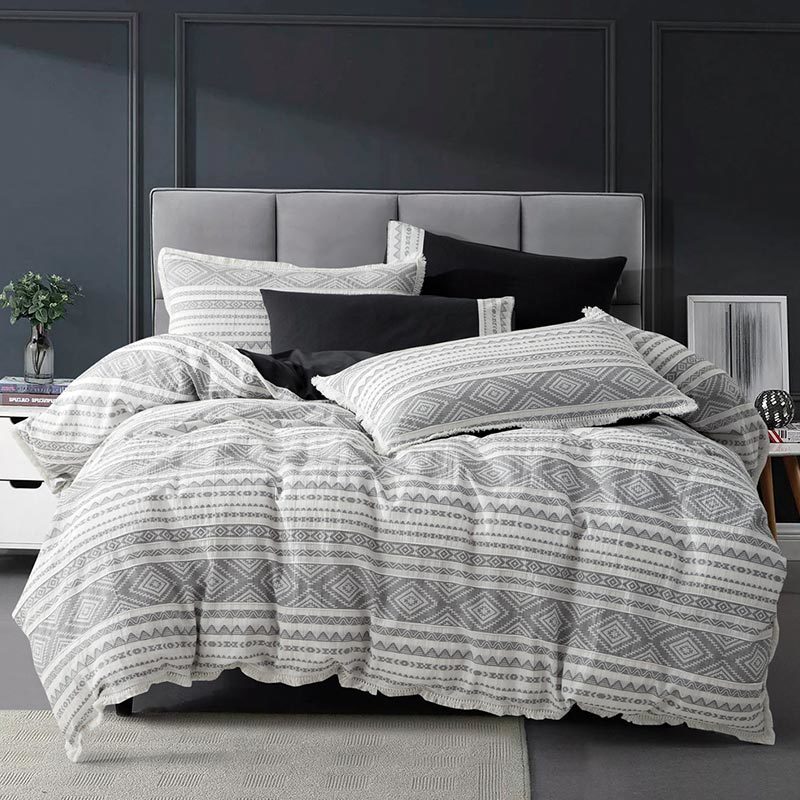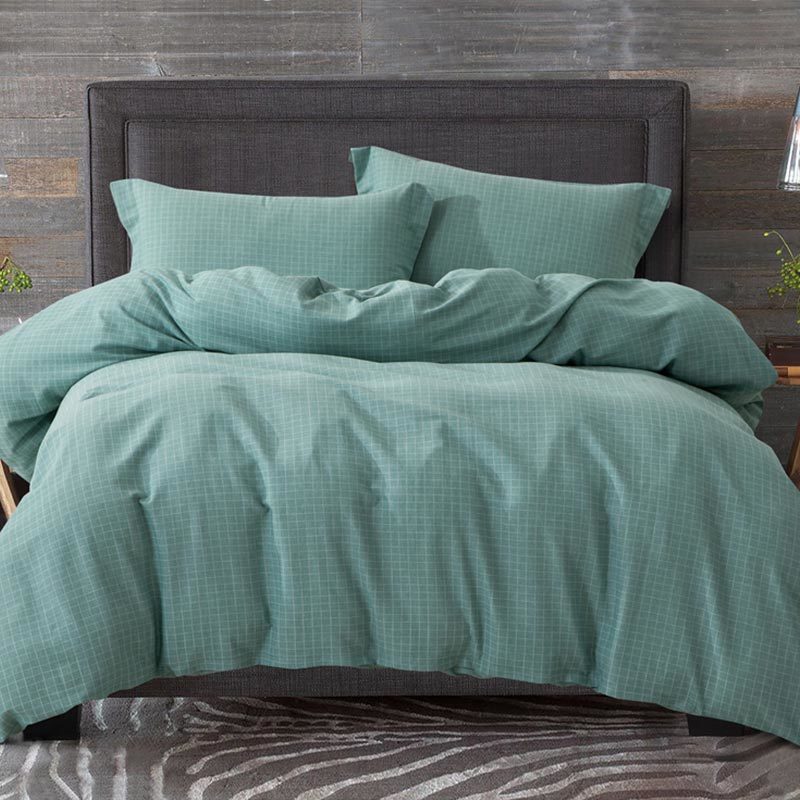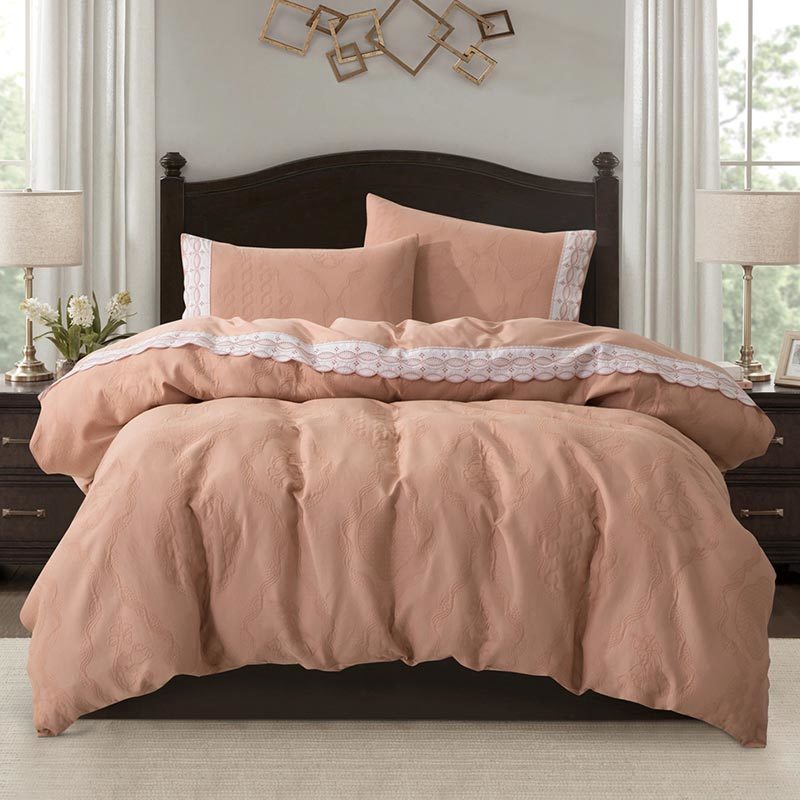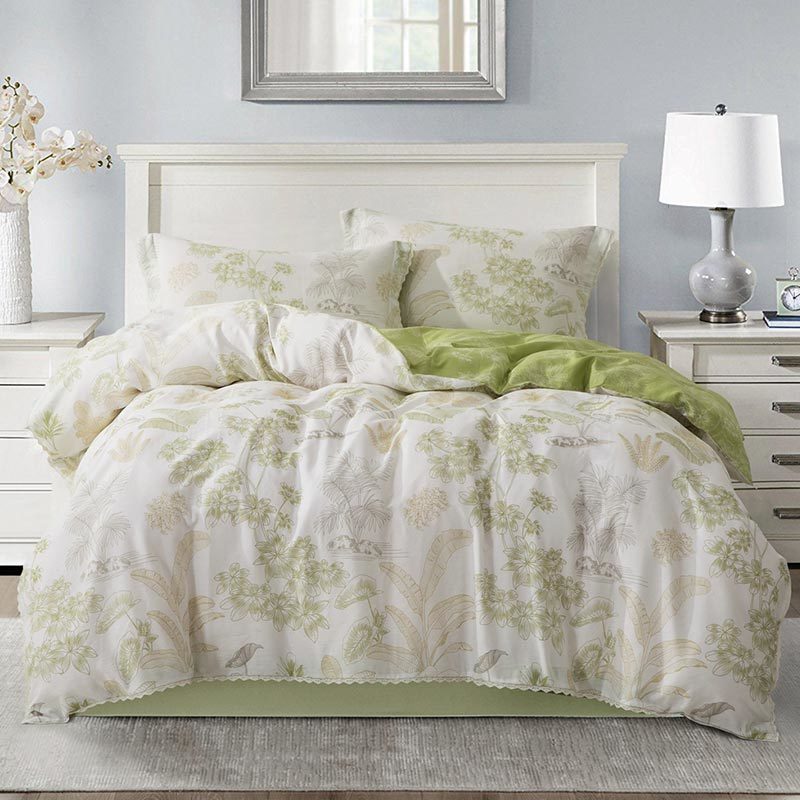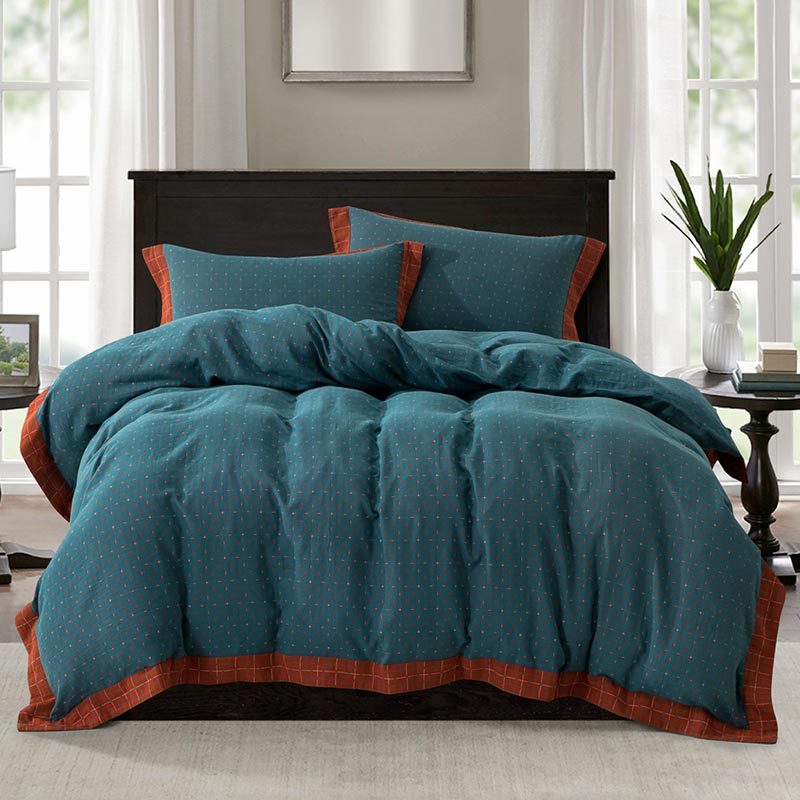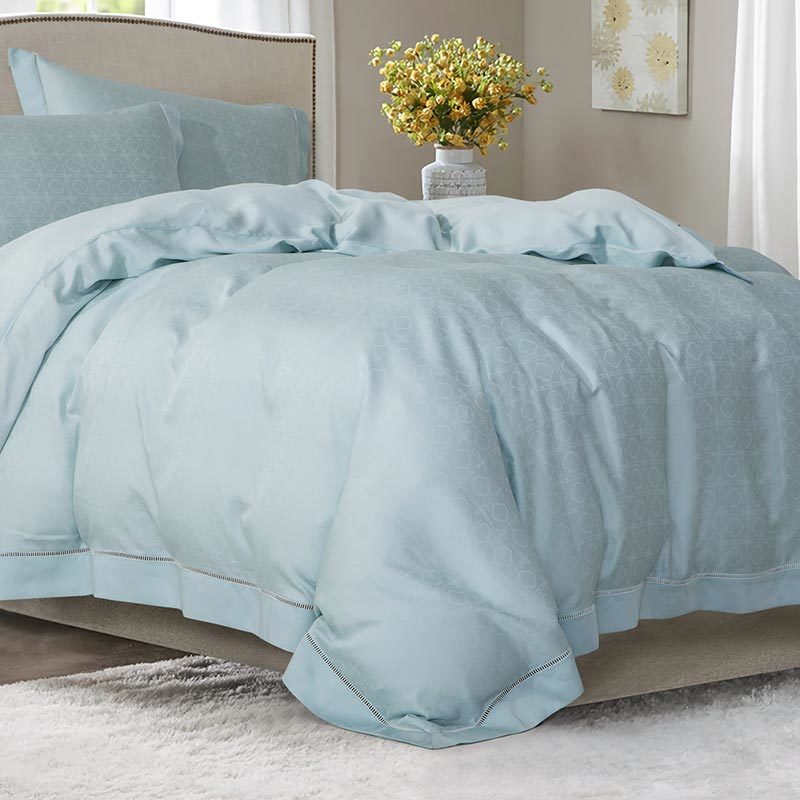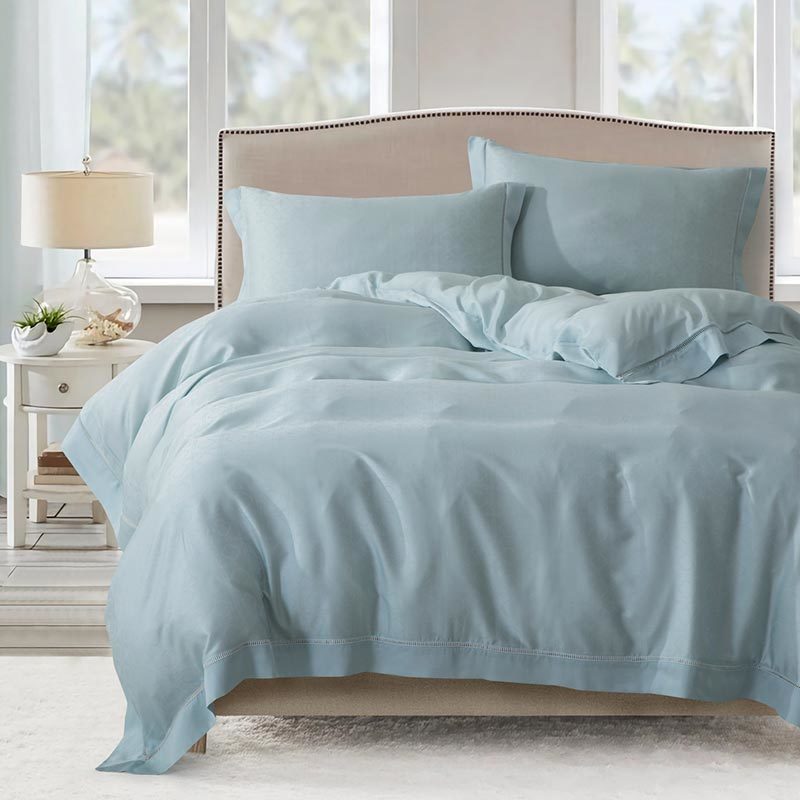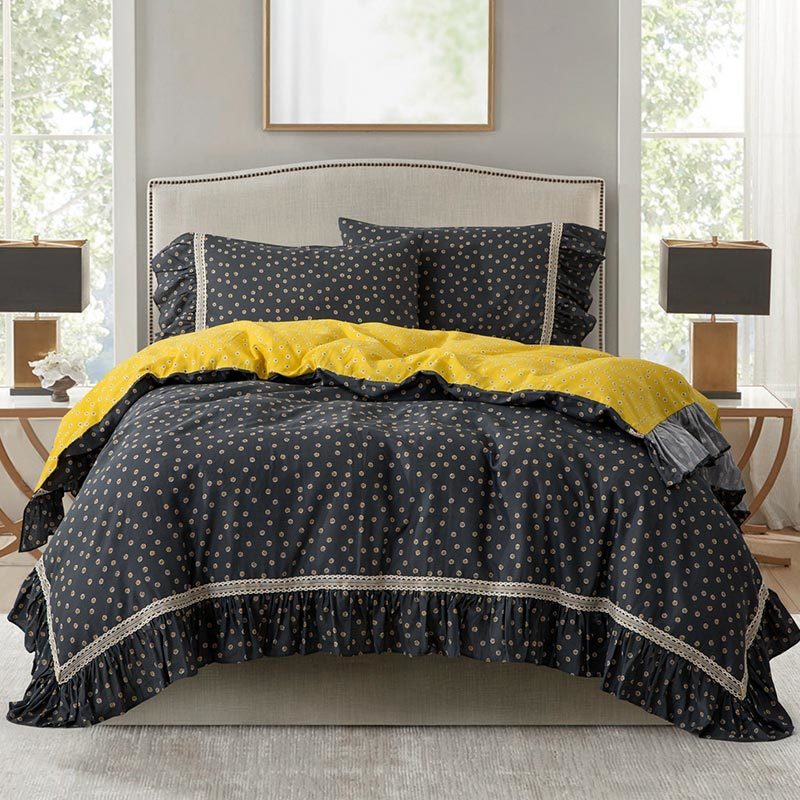Specific classification of textiles
Time:
2023/04/20
First, according to the organization of silk fabrics, the use of raw materials, processing technology, texture, appearance and form and the main use of fourteen categories.
Ancient silk fabrics are basically named according to the fabric organization, fabric pattern, fabric color. Modern silk along the old name of many, such as crepe, damask, coarse, silk, but also the use of some exotic words, such as jochi (georgette), taffeta (taffeta), etc.. According to the organization of silk fabrics, the use of raw materials, processing techniques, texture, appearance and form and the main use, can be divided into yarn, Luo, damask, silk, spinning, raw, crepe, brocade, satin, coarse, Ge, tweed, velvet, silk and other fourteen major categories.
1. Yarn: all or part of the use of the warp yarn by the new twist to form a uniform distribution of the eye ("yarn eye") of the yarn organization silk fabrics, also known as plain yarn.
2. Luo: all or part of the use by the warp yarn twisted each other after showing pepper holes in the silk fabric. There are straight ro, horizontal ro, flower ro, vegetarian ro points.
3.damask: the use of twill organization or twill change organization, the surface of the fabric has an oblique weave pattern of silk fabrics, thin texture. Early fabric surface was stacked mountain-shaped twill, "look at it like ice ling of reason", so called damask.
4. Silk: the use of plain tissue, fine texture, flat, bracing natural silk fabrics.
5. spinning: the use of plain tissue, warp and weft without twist or weak twist, light texture, soft silk fabric.
6. brocade: the use of heavy tissue, with multi-color silk thread woven into the colorful colorful jacquard silk fabrics. Brocade is a prestigious jacquard silk, the ancient "weaving for the text, its price as gold" said. There are Shu brocade, Song brocade, cloud brocade.
7. Satin: the use of satin organization or satin change organization, the appearance of smooth, shiny, fine silk fabric.
8. coarse: the use of plain tissue, the application of filament for warp, cotton or other yarns for weft, thick texture, weave clear silk fabric. There are plain line coarse, flower line coarse.
9. Ge: using plain tissue, twill tissue and its change tissue, warp and weft sparse, by fine weft coarse, the fabric surface presents horizontal shuttle pattern, thick texture of silk fabric.
10. tweed: using a variety of organizations, the application of thicker warp and weft silk thread, thick texture, wool sense of silk fabric.
11. Velvet: all or part of the use of pile organization, the surface presents the velvet or pile ring silk fabric.
12. Silk: the use of plain tissue or change tissue, warp and weft interlacing tight silk fabric. Silk is a general term for silk fabrics. Its characteristics are: silk surface stiff and dense, smooth to the touch. No other obvious features of silk fabrics can be called silk.
13. raw silk: the use of plain or false yarn organization, light texture, showing the perforated silk fabric.
14. crepe: the use of plain or other organizations, the application of warp and weft to strengthen the twist and other processes, the fabric presents wrinkled effect of silk fabrics. Its characteristics are: silk mask cis-reverse bi-directional wrinkles, luster soft, feel elastic, crepe resistance performance.
II. According to the use of textiles can be divided into clothing textiles, decorative textiles, technical textiles three categories.
Clothing textiles include a variety of textile fabrics for clothing and sewing thread, elastic band, collar lining, with a prominent point, can also be said to be a kind of arts and crafts.
Textiles for decoration are divided into indoor products, bedding and outdoor products, including home cloths and restaurant and bathroom products, such as: carpets, sofa covers, chairs, wall rugs, stickers, like covers, spinning products, curtains, towels, tea towels, tablecloths, handkerchiefs, etc. Bedding products include bedspreads, sheets, covers, quilt covers, blankets, towel quilts, pillowcases, quilts, pillowcases, etc. Outdoor products include artificial turf, etc.
Industrial textiles are widely used and there are many varieties, the common ones are canopy cloth, gunnysack, filter cloth, screen, road base cloth, etc.
III. According to the different production methods are divided into six categories: threads, tapes, ropes, woven fabrics, textile fabrics, etc:
Thread category:
Textile fibers are spun and processed into yarn, and two or more yarns are twisted to form a thread.
Tape category:
Stranded and tubular fabrics, known as the band category.
Rope category:
Multi-stranded threads twisted and formed into large ropes.
Woven fabrics:
The use of warp and weft interweaving fabric is called woven fabrics.
Knitted fabrics:
From the yarn into a circle of mutual string set of fabrics and directly formed clothing products, for the knitted fabric.
Nonwoven fabrics:
Not by the traditional textile process, but by the fiber auxiliary network processing processing of thin sheet textile, known as non-woven fabrics.
Fabric shrinkage: refers to the fabric after washing or soaking, the fabric shrinkage percentage, in general, the largest shrinkage rate of the fabric is synthetic fibers and their blended textiles, followed by woolen fabrics, hemp fabrics, cotton fabrics in the middle, shrinkage is larger.
Key words:
Previous article


